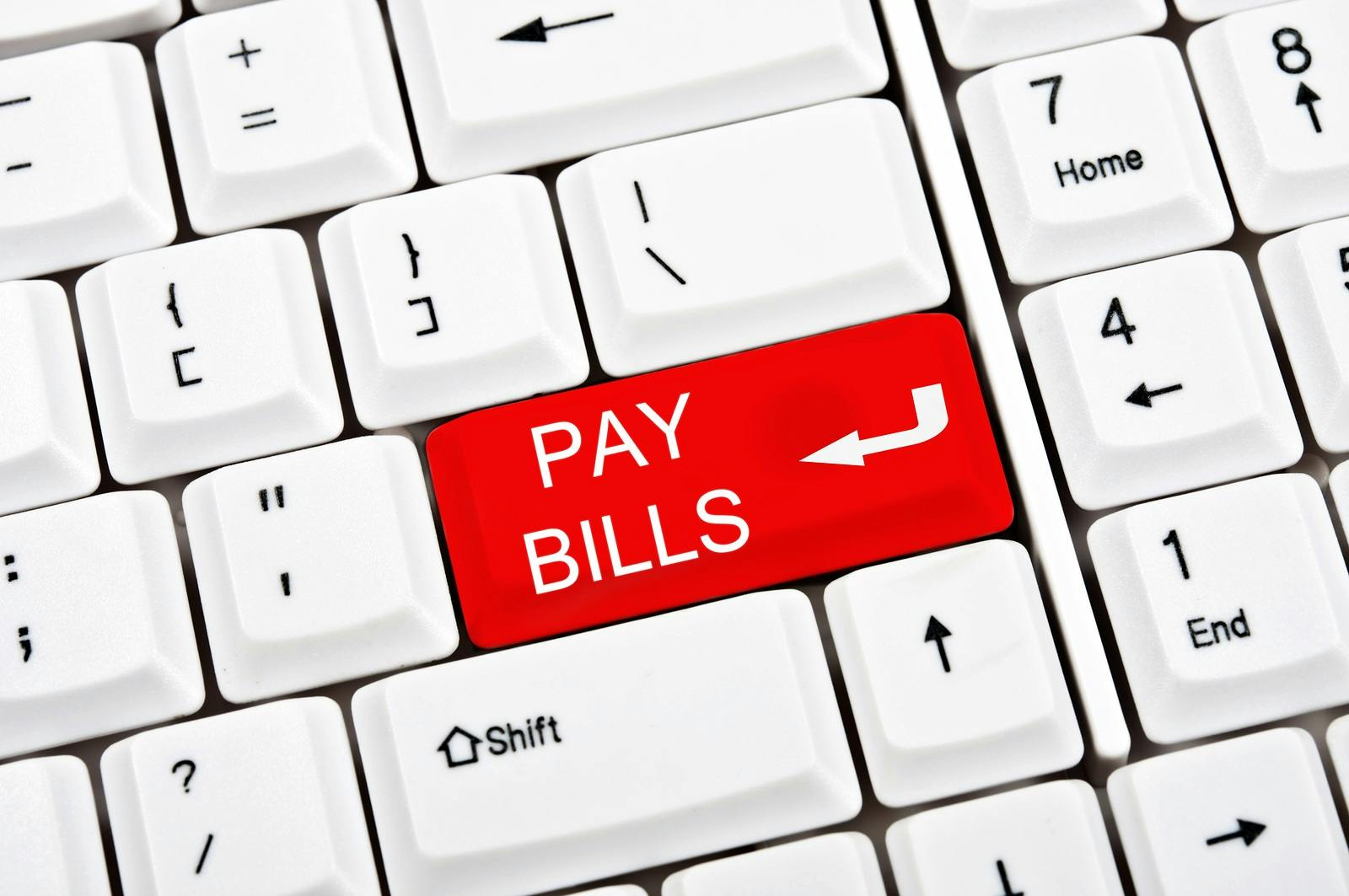With the rise of the gig economy and a wider swath of Americans defining work on their own terms, the assumption of slow payments isn’t as safe as it once was. Gig workers — the independent contractor crowd — are on a healthy growth curve. According to the PYMNTS Gig Economy Index, “Gig economy workers are projected to account for more than $1.4 trillion of the total U.S. income in 2018.”
The numbers of those who at least sometime take on freelance or gig work may be as large as a third of the entire American workforce. And though the percentage of those working full-time as independent contractors has shrunk over the years, part-time freelancing is expected to swell by the year 2020. One issue common to all freelancers is getting paid. Are corporate pay policies, which typically stretch out bill paying, holding gig workers back?
According to the PYMNTS Gig Economy Index: “84% of surveyed respondents said they would do more gig work if they were paid faster.”
This emerging style of work clashes with legacy payment terms, as most would expect. The challenge many gig workers face is cash liquidity. Some may negotiate advance payment terms with smaller clients, but when contracting with a bigger enterprise, gig workers may be subject to 90- or 120-day payment terms. Paying bills or covering expenses within those terms is a challenge, to say the least.
Fintechs are entering the market to close the time gap in payments between businesses and consumers alike. This is not just for the sole purpose of faster payments, but to accelerate the shifting role of banking as an industry.
Faster payments also save money
Banks are changing from being a dispenser of funds to a proactive partner by advising customers on their financial journey. They aren’t just interested in helping consumers or businesses move their money around, but in observing the patterns and data attached to payments. Services that cut down on the back-end work of issuing payments by automating reconciliations along with the payment are serving a need for faster, more accurate transactions.
Hunting down payment reconciliation information can feel like a needle in a haystack hunt for AP staff, and services that cut down on this type of work help drive revenue back through the doors of businesses instead of leaking costs with inefficient manual tasks or financial drudgery. The cost to a business of issuing a manual payment varies wildly, from as little as $1 to as much as $26. An average, the Association of Financial Professionals found in 2015, was $5.91. Shifting to electronic payment can save even a small business thousands. This also means that contractors or gig workers have a chance of getting paid sooner.
Economically, faster payments make sense. Check float isn’t what it used to be. But in the long run, it isn’t just about sending payments faster but making way for working with workers in the new workplace. Greater personalization and prompter payment will equip the modern worker with more options to do the kind of work they want, which benefits everyone.
